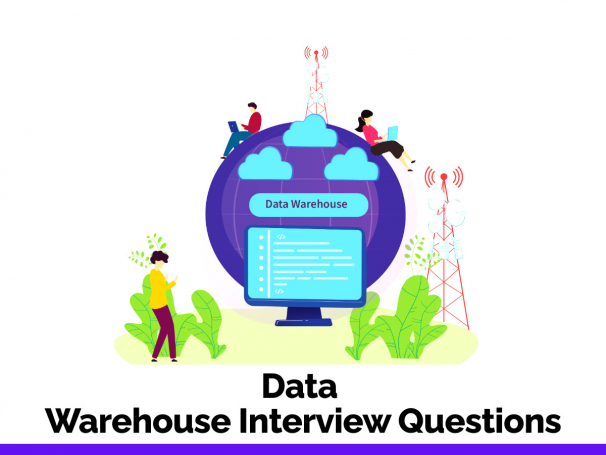Data warehousing is the process of constructing and managing a data warehouse and is constructed by integrating data from heterogeneous sources that encourage analytical reporting, structured or ad hoc queries, and decision making. It also involves data cleaning, data integration, and data consolidations. There are decision support technologies that employ the data available in a data warehouse. These technologies help administrators utilize the warehouse effectively, gather data, analyze, and make conclusions based on the data in the warehouse. The information gathered in a warehouse can be utilized in any of the domains among; tuning production strategies, customer analysis, and operations analysis.
When it comes to career, people see very few options on the ground level, but you can go beyond the expectation when it comes to the cyber world. Data warehouse or the DW serves as one of the initial checkpoints for many important business data which are in high demand. Data Warehouse Interview Questions are one such area that has a great career opportunity. Here are a few questions that will help you find your dream job within the Data warehouse field.
Practice Best Data Warehouse Interview Questions and Answers
Practice Data Warehouse Interview Questions for the best preparation of the Data Warehouse Interview. These Data warehouse Interview Questions are very popular & asked many times in interviews. So practice these questions to check your final preparation for your interview. apart from this, you can also download below the Data Warehouse Interview Questions PDF completely free.

